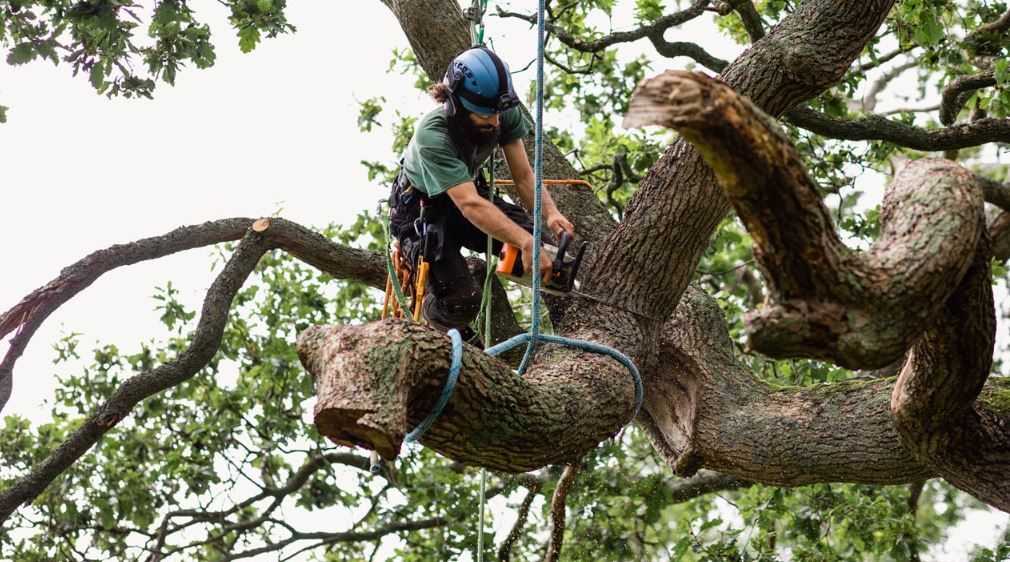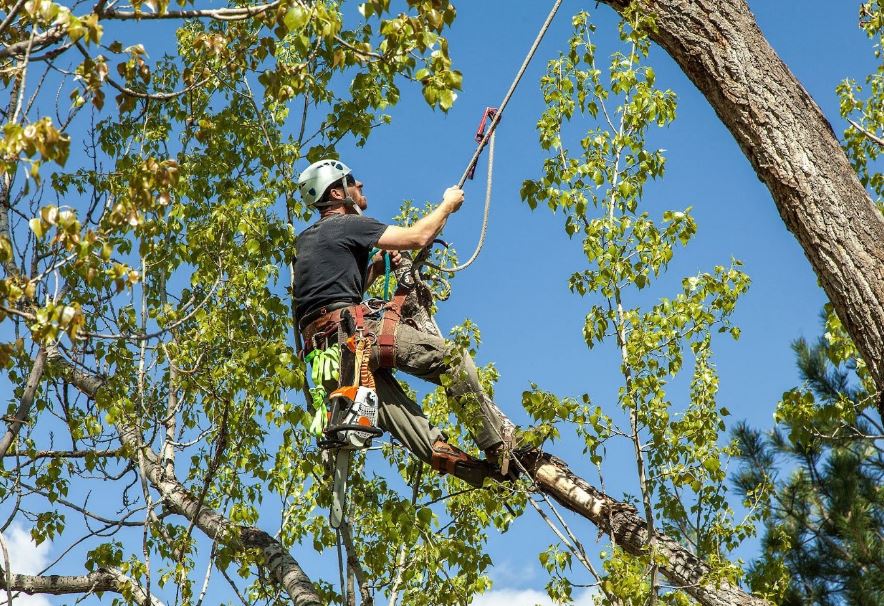
The Science Behind Eco-Friendly Pool Stain Removal Methods
Swimming pools are synonymous with leisure and relaxation, but maintaining their crystal-clear allure can be challenging, especially when confronted with unsightly stains. Whether it’s the organic scars left behind by leaves and algae or the stubborn mineral marks from hard water, pool stains are not just eyesores; they can also be a sign of underlying issues. Traditionally, tackling these blemishes has involved many chemicals, but the shift towards eco-friendly methods is gaining momentum as we become more environmentally conscious.
This blog post delves into the science behind eco-friendly pool stain removal, offering a fresh perspective on maintaining your pool’s beauty without compromising environmental values. We’ll explore the various types of pool stains, why traditional chemical methods might be harmful, and most importantly, how eco-friendly alternatives work effectively while being kind to our planet. Understanding the science behind these methods empowers us to make better choices for our pools and contributes to a larger movement of sustainable living. So, let’s dive into the world of eco-friendly pool care and discover how science can help us keep our pools pristine in a more environmentally friendly way.

Types of Pool Stains
Understanding the nature of pool stains is the first step in effective removal. Pool stains typically fall into two categories: organic and inorganic.
Organic Stains are usually brown or green and are caused by natural debris like leaves, algae, or even small animals. These stains are organic and often appear after a storm or during periods of neglect. They are generally easier to remove since they don’t bond strongly with the pool’s surfaces.
Inorganic Stains, however, are often caused by metals like iron, copper, and manganese in the water. These metals can be introduced through tap water, pool equipment, or fertilisers. Inorganic stains range in colour—copper can cause blue or green stains, while iron might leave behind a rusty, brownish hue. These stains are usually more challenging to remove as they can chemically bond with the pool’s surface.
Different stains require distinct approaches for removal. While organic stains might be treated effectively with oxidation, inorganic stains often necessitate specific chelating agents to lift the metal off the pool’s surface.
Traditional vs Eco-Friendly Methods
Traditional pool stain removal often relies on a range of chemicals. Chlorine is widely used for its potent oxidising properties, effectively breaking down organic matter. Other common chemicals include muriatic acid and various metal sequestrants, which help manage inorganic stains.
However, these traditional chemicals pose significant environmental and health risks. Chlorine, for instance, can form harmful byproducts like chloramines, impacting both air and water quality. Prolonged exposure to chlorine has been linked to respiratory issues and skin irritation. Moreover, chemicals like muriatic acid can disrupt the pH balance of the water and the surrounding ecosystem if not handled correctly.
This is where eco-friendly alternatives come in. These methods prioritise environmental safety and health while maintaining effectiveness in stain removal.
Science of Eco-Friendly Stain Removal
Eco-friendly pool stain removal is grounded in scientific principles, focusing on using less harmful substances that are equally effective.
One popular approach is the use of enzymatic cleaners. These cleaners use natural enzymes to break down organic matter, such as leaves and algae, into smaller, more manageable molecules. The enzymes accelerate natural decomposition processes, effectively lifting stains without the harsh side effects of chlorine.
Another eco-friendly method involves using natural acids, like citric acid or ascorbic acid (vitamin C). These acids work particularly well on metal stains. Citric acid, for example, can chelate (bind with) metals, rendering them soluble and easy to filter out of the pool. Ascorbic acid acts similarly, especially effective against iron stains, often lifting them without altering the pool’s pH balance drastically.
A key consideration in eco-friendly methods is the effectiveness in comparison to traditional methods. While traditional chemicals act rapidly, eco-friendly alternatives might require more time to show results. However, the trade-off comes in the form of safety and environmental sustainability. For instance, natural acids and enzymatic cleaners pose minimal risks to swimmers’ health and are more biodegradable, reducing the environmental impact.
Moreover, eco-friendly methods often tackle the root cause of the stains rather than just the symptoms. For example, by addressing the mineral content in the water that causes inorganic stains, eco-friendly methods can help prevent the recurrence of these stains.
Popular Eco-Friendly Pool Stain Removal Methods
Several eco-friendly methods are gaining popularity among pool owners due to their effectiveness and environmental safety.
- Enzymatic Cleaners: These cleaners use natural enzymes to break down organic debris like leaves, suntan, and body oils, preventing stain formation. They are particularly effective against organic stains and are gentle on the pool’s surfaces and swimmers.
- Pros: Non-toxic, gentle on surfaces, improves water quality.
- Cons: Slower acting, less effective on inorganic stains.
- Natural Acids: Substances like citric acid and ascorbic acid are effective against metal stains. They work by chelating the metals, making them soluble in water.
- Pros: Effective on metal stains, does not significantly alter pH balance.
- Cons: May require pH adjustment post-treatment, repeated treatments might be necessary for stubborn stains.
- Vinegar and Baking



